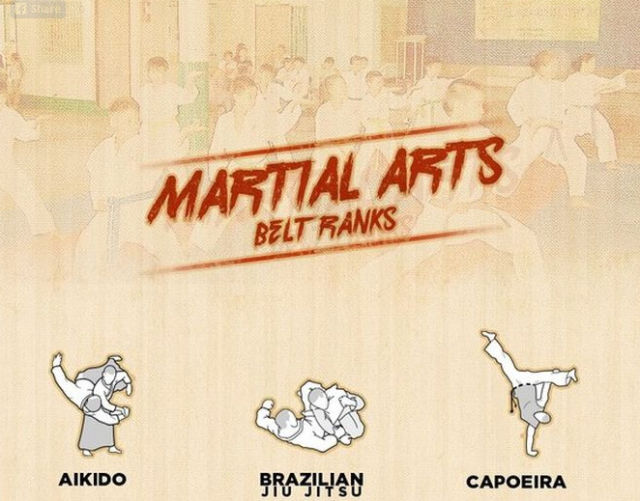The Development And Historical Context Of Martial Arts Worldwide
The Development And Historical Context Of Martial Arts Worldwide
Blog Article
Article By-Hess Liu
Martial arts have an interesting history that extends centuries and continents. You might discover it appealing exactly how old practices like Shuai Jiao and Kalaripayattu laid the groundwork for modern combat techniques. These techniques not only highlight physical skills yet also reflect the societies that birthed them. As martial arts classes for kids explore their development, consider how globalization has actually changed these standard forms right into hybrid styles. What impacts do you assume have formed today's martial arts landscape?
Ancient Martial arts: The Structures of Battle
As you delve into the globe of old martial arts, you'll find the abundant structures that shaped combat strategies throughout societies. Early techniques concentrated on Self-Defense and survival, frequently incorporating strikes, hurting, and weaponry.
In old China, as an example, techniques like Shuai Jiao highlighted throws and joint locks, while India's Kalaripayattu showcased agility and fluid movement. Japanese samurai created Kenjutsu, a polished swordsmanship that highlighted self-control and strategy.
click the up coming website page served not just for battle yet additionally as a means of individual growth, instilling worths like respect and determination. The mixing of these techniques in time prepared for the varied martial arts you see today, each reflecting the distinct philosophies and demands of its culture.
The Social Impact on Martial Arts Advancement
While martial arts often show the functional needs of a society, they additionally personify the social values and ideas of their origins. When you explore different martial arts, you'll see how they're influenced by faith, philosophy, and social standards.
For instance, the focus on respect and technique in Japanese martial arts stems from Zen Buddhism and samurai society. On the other hand, Brazilian Jiu-Jitsu advertises versatility and approach, formed by the demand for effectiveness in a diverse, modern atmosphere.
You may locate that the rituals, uniforms, and training approaches show an area's history and identity. By comprehending these cultural influences, you deepen your admiration of martial arts and their role in shaping human experiences across the globe.
Modern Adaptations and the Globalization of Martial arts
Martial arts have transformed significantly in recent decades, adjusting to contemporary culture and worldwide influences. You'll observe that standard types have mixed with contemporary techniques, developing hybrid styles like MMA. These adjustments deal with diverse audiences, making martial arts accessible and enticing around the world.
With taekwondo classes for adults of social media sites and digital systems, you can locate tutorials and competitors from all corners of the globe, breaking geographical barriers. This globalization has actually resulted in a common recognition for numerous techniques, from Brazilian Jiu-Jitsu to Taekwondo.
As you engage with these arts, you'll understand they're not nearly combat; they promote fitness, technique, and psychological health.
Eventually, contemporary adaptations have improved the martial arts landscape, making it a dynamic and advancing technique.
Conclusion
In checking out the background and advancement of martial arts, you discover a remarkable mix of techniques, cultures, and ideologies. From old self-controls like Shuai Jiao and Kalaripayattu to the modern-day versatility seen in mixed martial arts, martial arts mirror humankind's mission for Self-Defense and personal growth. As you engage with these methods, you not just gain skills however likewise a deeper appreciation for the diverse customs that form our globe today. So, proceed your trip and accept the art of combat!
